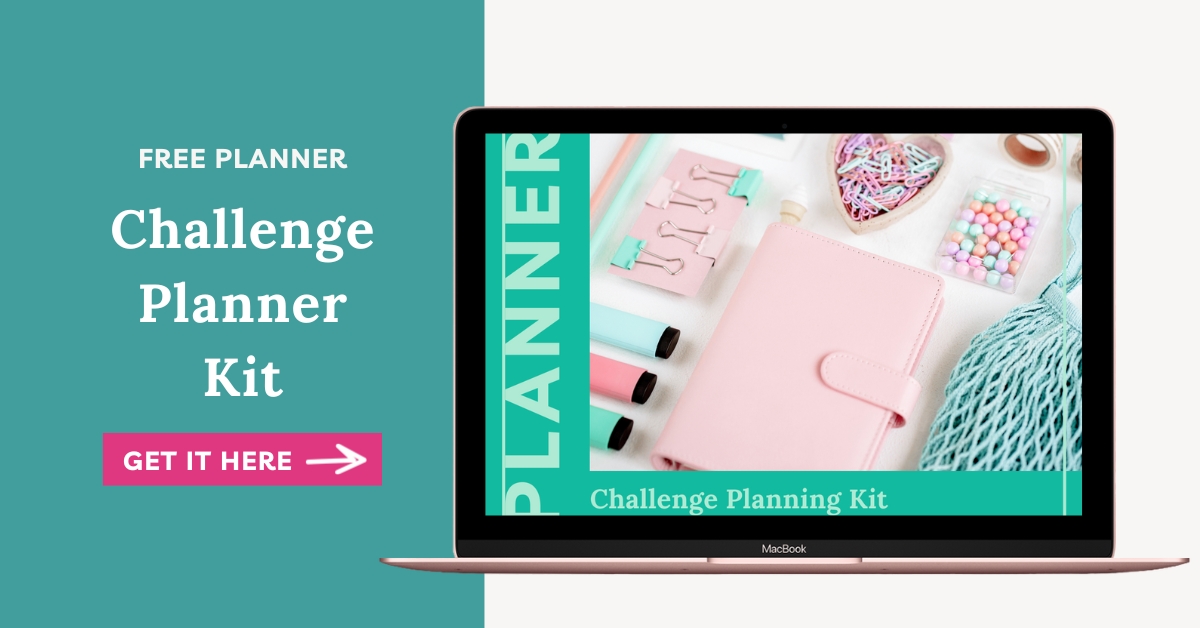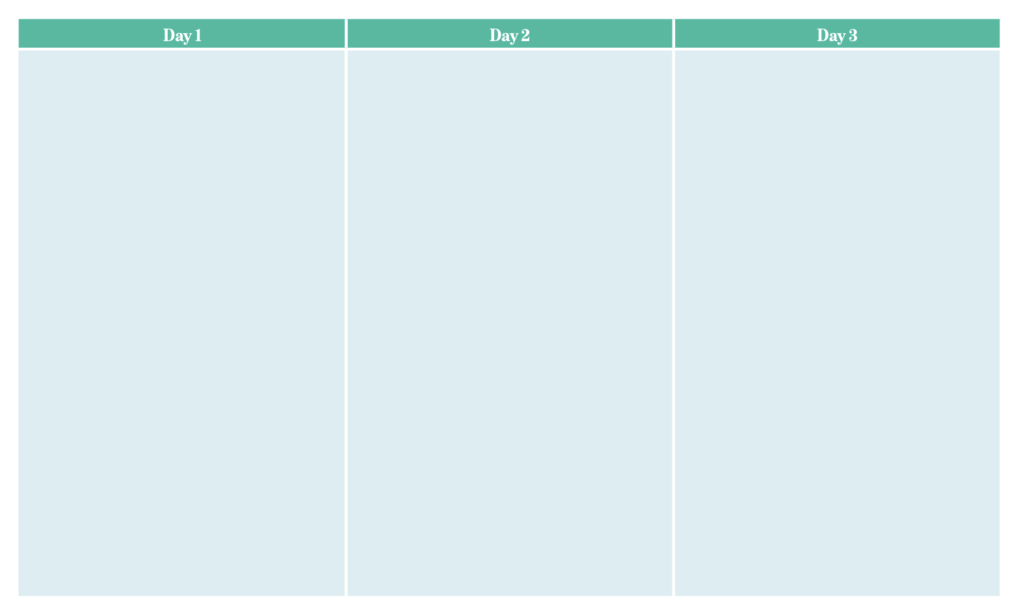
Sign up to get instant access to the Challenge Planner Kit!
Want more profitable + strategic content? Grab my free content planner!


I’m Hailey – content strategist and founder here at Your Content Empire where we help you create more profitable, purposeful and productive content — and hopefully enjoy yourself more while doing it too. Learn more about me here >>

Challenges have a really special place in my heart and business. I started using a free challenge about four years ago to launch my signature program and mastermind course, and they’ve always proven super successful.
What I love about them is not just the sales aspect, but I also found that they’re SUCH a great way for me to feel more connected with my audience. It’s such a winning combination for a launch, promotion, or simply just to further engage with your audience.
In this post, I’m walking you through my entire step-by-step process so you can plan and create your own challenge. I even put together a FREE Challenge Planning Kit, which you can download by hitting the banner below this.
Unlike a lot of other freebie options you might find, like webinars or quizzes, challenges are the most versatile.
I’ll be real with you though, creating one takes a lot of effort. The right time to run one is when you have the time to fully dedicate yourself to it. Even though a five-day challenge sounds short, you actually need to block off two full weeks in your calendar in order to do all the ramp up and promotion needed.
The versatility of a challenge versus other content types, though, is that you can pretty much launch anything off the back of a challenge.
Let's get down to the business of actually PLANNING your free challenge.
It’s key to know the topic before moving forward and promoting your challenge.
I like to start with a giant brainstorm where no idea is a dumb idea. Write down as many ideas as possible, sourcing from your inspiration bank, your saved files, anything, until you have a ton of options to choose from. If you’re needing some help getting started, click here to see my expert mapping process.
Once you’re done your brainstorm, it’s time to take your ideas through an evaluation process and begin narrowing down the topics. Cross an idea off the list if it doesn’t meet these criteria:
Hopefully, you’re left with a few great ideas, so choose the one that speaks to you the most or has the strongest relationship with your offer.
Next, it’s time to think about the purpose of your challenge. What’s it all about? What’s my audience going to do? Why are they interested in signing up?
Then you need to think about the takeaways for your audience, both tangible and intangible. What’s that pot of gold at the end of the rainbow for them?
TANGIBLE: What content or creation are they walking away with?
INTANGIBLE: What are the benefits, skills, and knowledge they’re going to get from completing your challenge?
When I think about my monthly content sprint challenge, my audience is walking away with all of their monthly content created and scheduled (tangible). They’re now able to take a content hiatus or sabbatical, and they’ve also learned that YES, it’s possible to batch their content and fit it into their life instead of struggling week after week to get content out there (intangible).
Lastly, how does this challenge relate to your paid offers? This is your time to get super clear on how your challenge is priming people to say YES to your offer. Describe all the ways the two connect before getting tactical.
Once you have all the above done and dusted, it’s time for you to choose the dates you’re going to run your challenge. I recommend a length of five days. It’s the sweet spot between three and ten, where you can get your audience super excited and keep them there for the length of the challenge.
Now that your key dates are set, you can move onto phase two, mapping out your challenge content. I remember this process by thinking about what my participants will learn (head), do (hands), and feel (heart) for each day of the challenge.
Definitely go and download my FREE Challenge Planning Kit, as it’s going to be ENORMOUSLY helpful in mapping out all these pieces.
Once you’ve mapped out your challenge, you need to decide how you’re going to deliver and get eyeballs on it. Are you going to promote it through daily emails, on a Facebook group, or are you going to host it on a webpage? Get clear on the delivery mechanics of your challenge before actually creating the challenge content.
Now we’re ready to get our hands dirty and create your daily challenge content. Use my template to draft it all up!
 This is where you’ll be creating:
This is where you’ll be creating:
I like to start with worksheets, then video outlines, emails, then social prompts. Finally I record the video and fine tune all the content.
You might have heard about the snowflake method. So for each of the days your challenge will be running, start with a loose outline, adding subpoints as I go. You get deeper and deeper into those subpoints, so every subpoint has a subpoint, and the content starts to expand and snowflake out.
Schedule yourself three to five days to create all of this. And while yes, I know that sounds like an investment of time, but you can repurpose it and reuse it over and over.
There are a lot of pieces to design when it comes to a challenge—social graphics, email banners, worksheets, oh my! So here’s a rough checklist of the different types of designs to think about (although you may not need all of them):
If you’re needing help creating graphics, I highly recommend Creative Market or Nicole Yang for downloadable templates.
You’ve designed your challenge and created the content, so now it’s time to promote it!
Here are the different things to consider when putting together your promotion plan for your challenge:
This is where I want you to create:
…Everything so that you’re all ready to go when people inevitably start signing up for your awesome challenge.
Most of the problems with your current content strategy can be fixed with one tiny shift—changing how you plan your content. Specifically your monthly content planning process which we're covering in this post ↓ The issue with the typical approach is that people make...
Do you have a monthly membership that you’re struggling to get new members in? Or maybe you have a steady stream of new members, but you want to scale it so you have a higher monthly recurring revenue? In this video, I’m giving you the ultimate monthly marketing plan...
Today I want to share with you how I doubled sales in my funnel with the exact same number of leads. Because, while yes, you can definitely increase the amount of traffic you’re driving to the top of your funnel—it’s always best to do so once you know your funnel is...